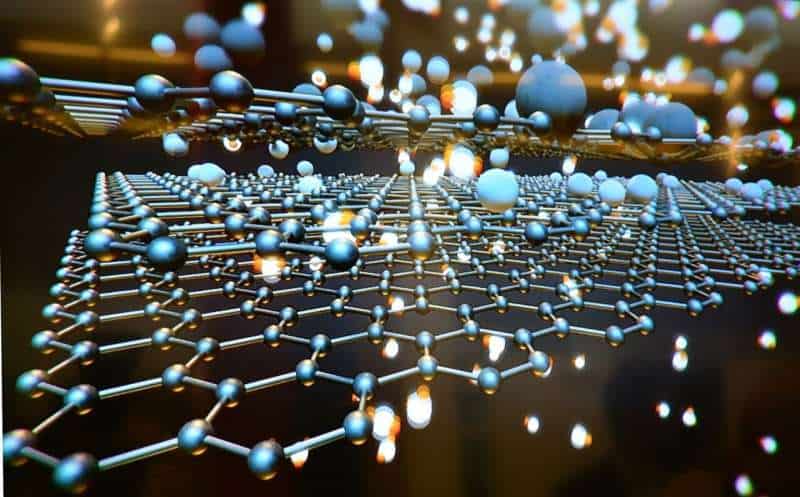
Thermometers are an under-appreciated marvel of human ingenuity built upon an understanding of relatively simple physical principles. Mercury and alcohol thermometers rely on the volume of liquids growing or shrinking in reaction to temperature change. Contactless infrared thermometers, by contrast, read the thermal radiation emitted by any object, from frying pans to the human body.
While digital thermometers, such as infrared, are a relatively recent invention other types have been around for hundreds of years.
There is, however, another type of digital thermometer known as a thermocouple. Thermocouples are commonly used in industrial applications and leverage a natural phenomenon whereby the meeting of two different temperatures generates electrical current. This principle can be used both to measure temperatures and, more excitingly, to actually harvest useful electricity from everyday temperature changes. I am part of a team working to help make this technology a practical reality.
Thermoelectric
In 1821, German physicist Thomas Johann Seebeck observed that a nearby magnetic compass needle was deflected by a closed electrical circuit made of two different metals. Two years later, physicists Hans Christian Ørsted and Jean Baptiste Joseph reported that the interaction of the two metals, once connected in a circuit, had generated an electrical current because one was warmer than the other.
This physical phenomenon was later named the Seebeck Effect.
Interestingly, Italian physicist Alessandro Volta—in whose honour the term volt is named—had observed and explained the same phenomenon in 1794 using nerves from a dead frog. Volta generated an electric current using a metal wire, two glasses of water (each at a different temperature) and the nerves of the frog as an electrical bridge.
A grisly image, but one which foreshadowed future scientific breakthroughs.
Excited at the possibilities, scientists worked to exploit the findings by making and harvesting useful amounts of electric current simply by connecting two materials at different temperatures. Today we call this thermoelectricity, and we still use it in very specific contexts.
NASA has utilized the advantages of thermoelectric technology to make deep space exploration possible by coupling thermoelectric generators with radioactive material as the fuel.
Launches using radioisotope thermoelectric generators include the Curiosity Mars rover in 2011, the Perseverance in 2020, and the planned launch of the Dragonfly in 2027 to Saturn’s moon Titan.
